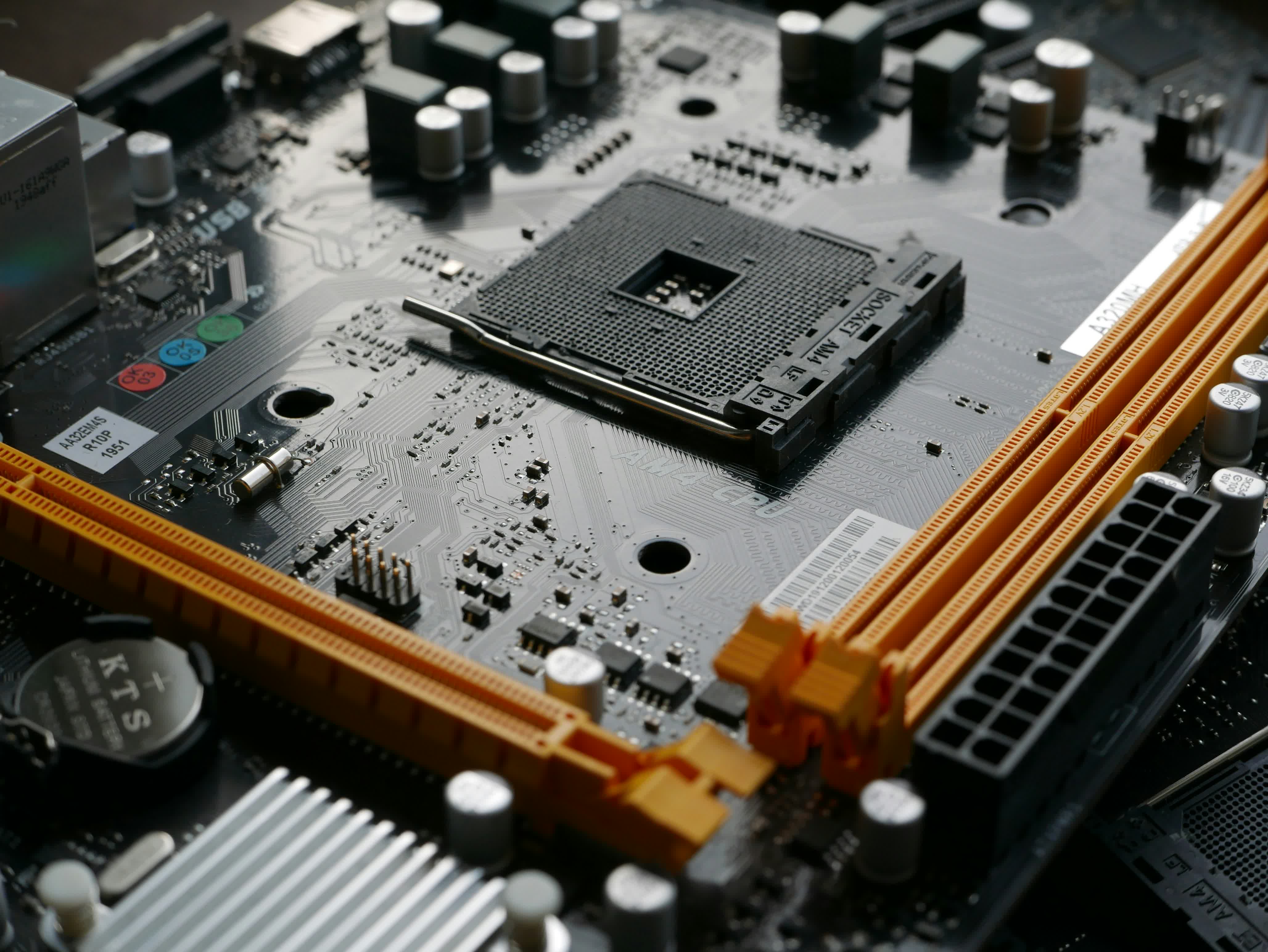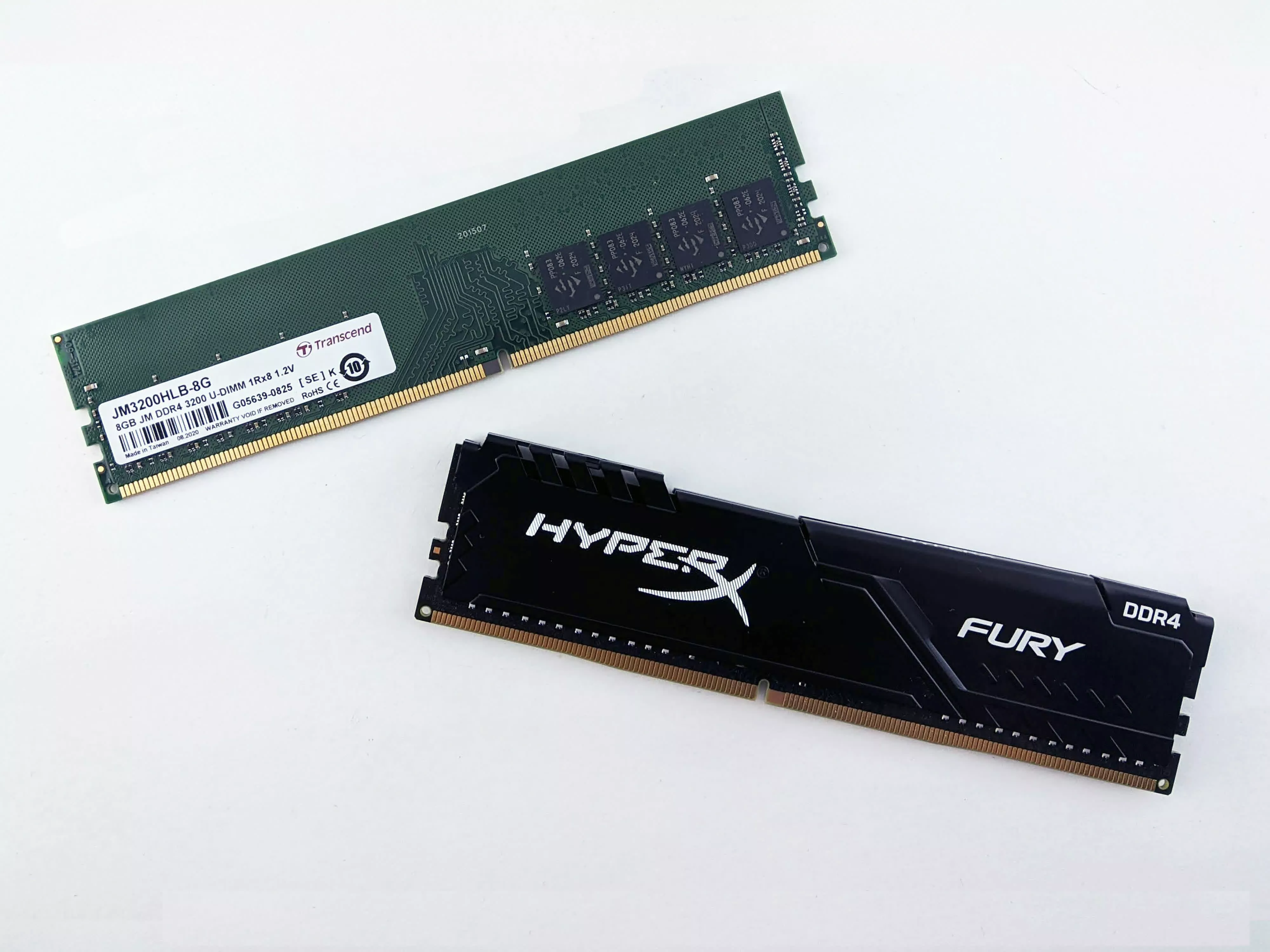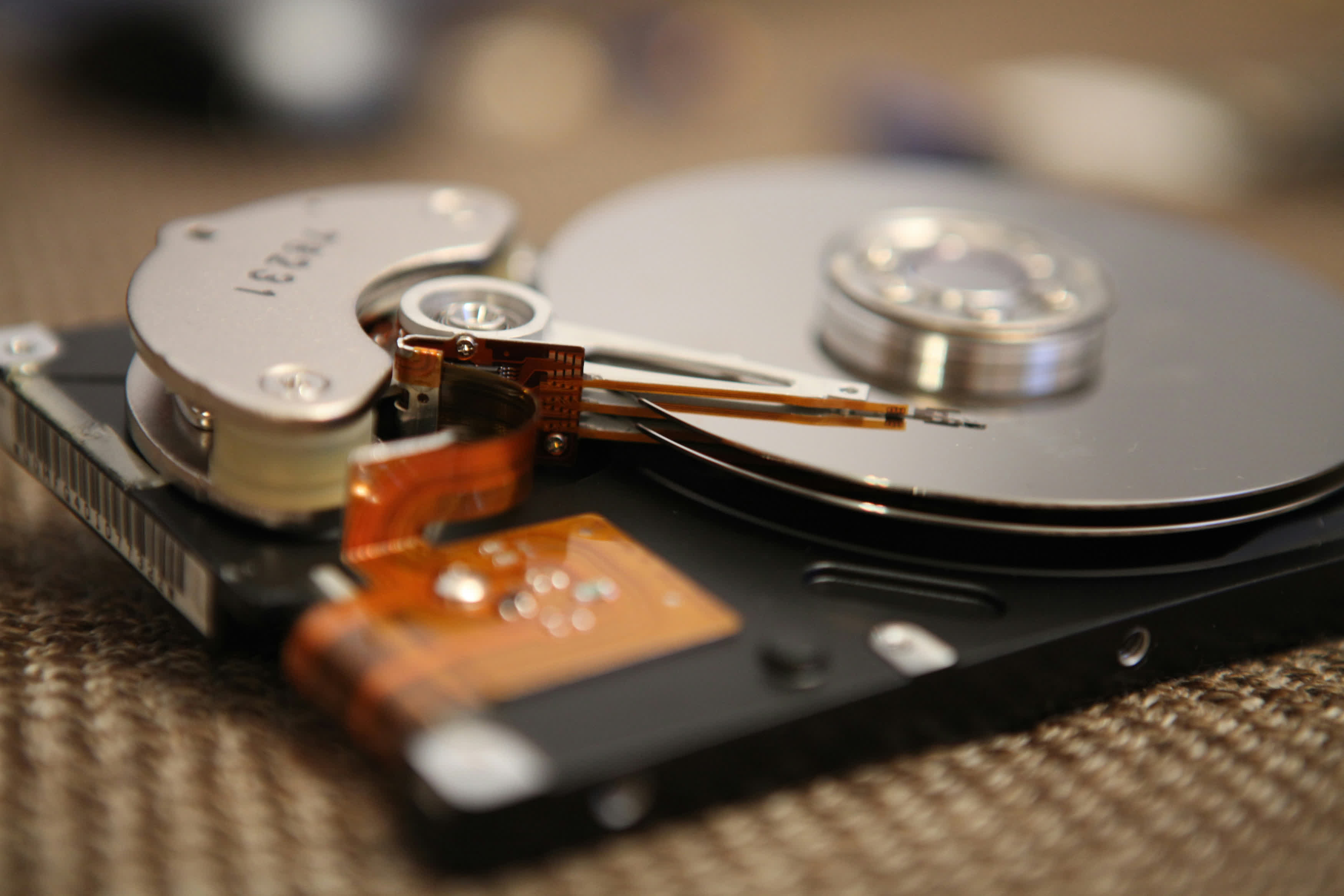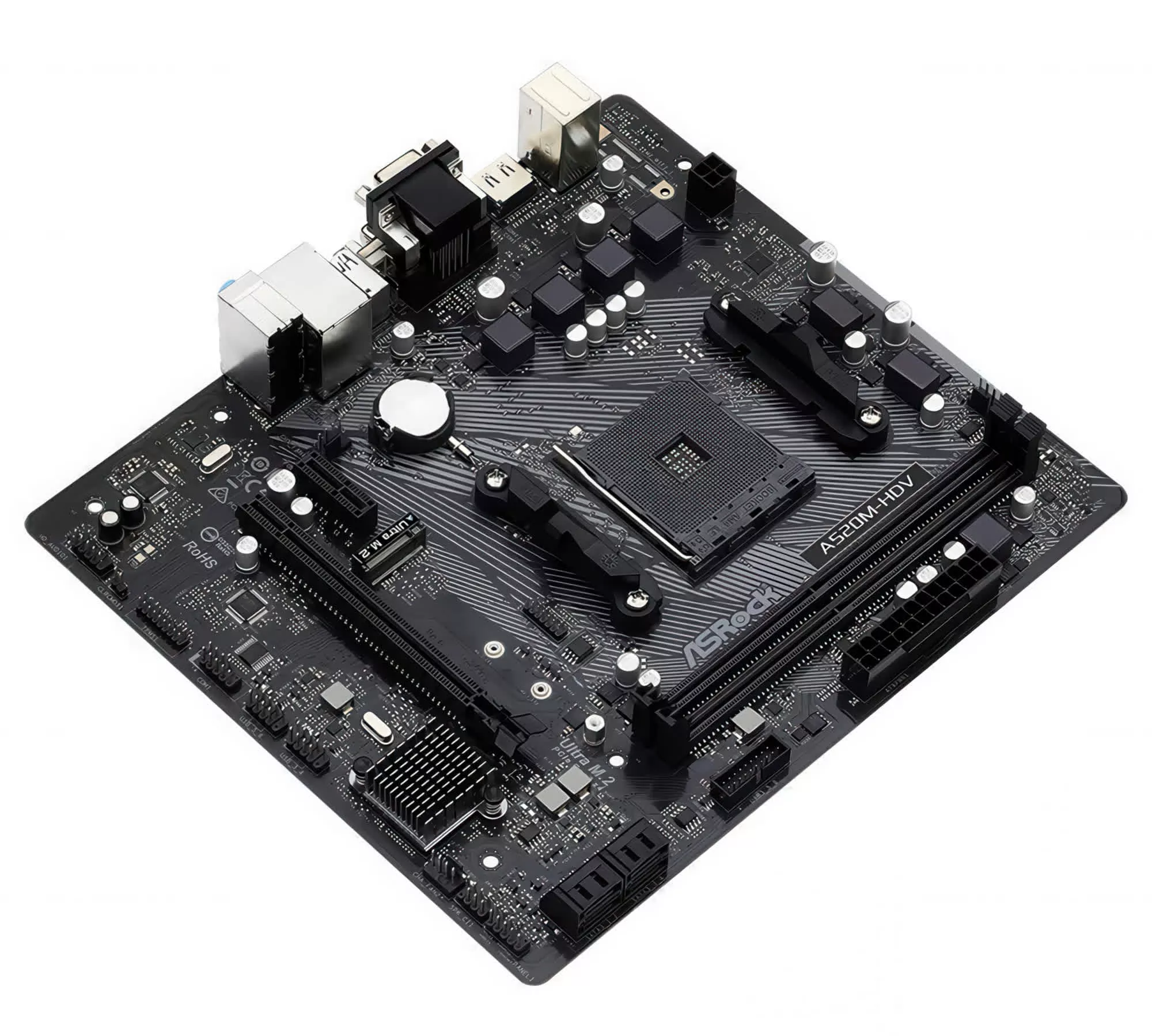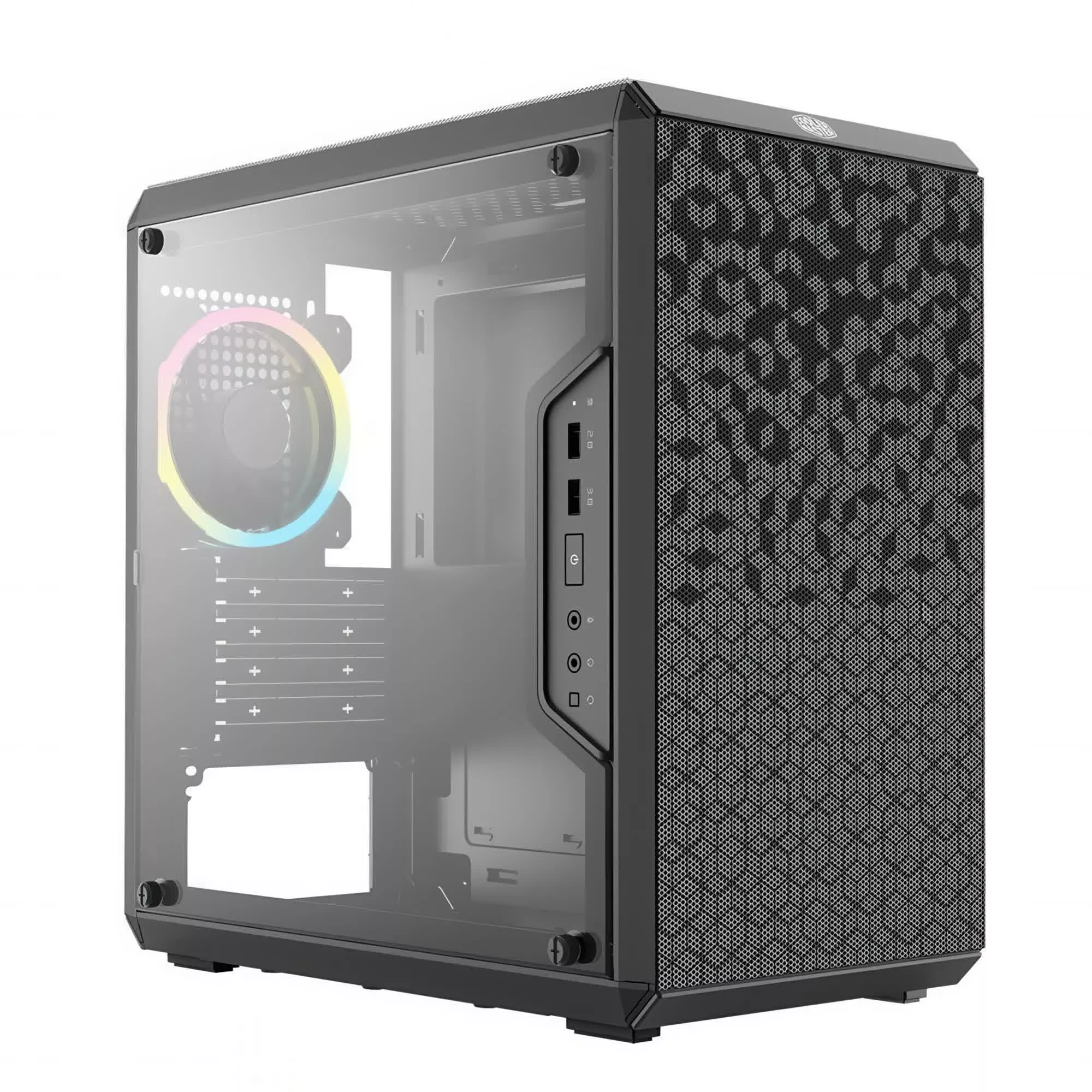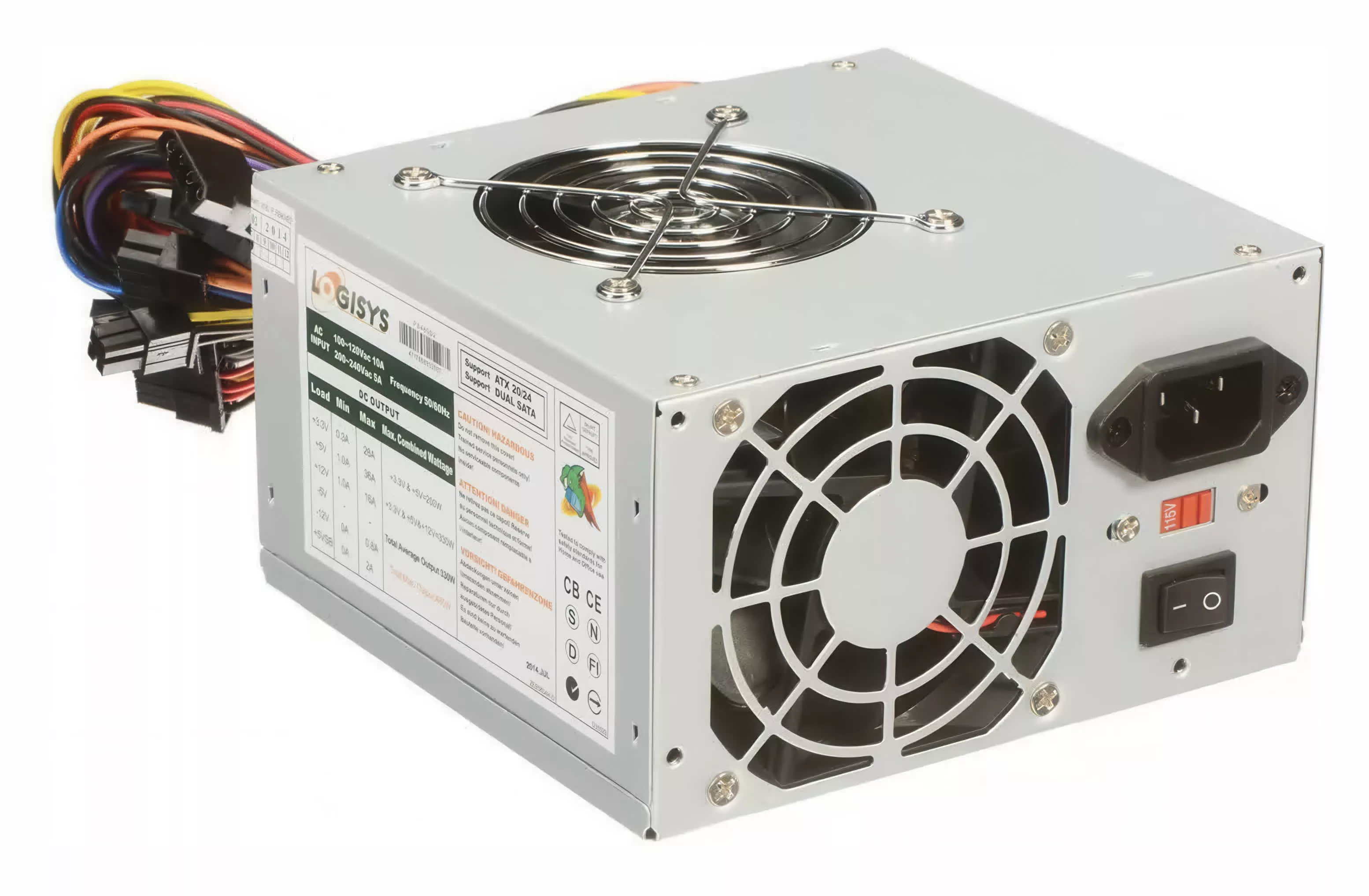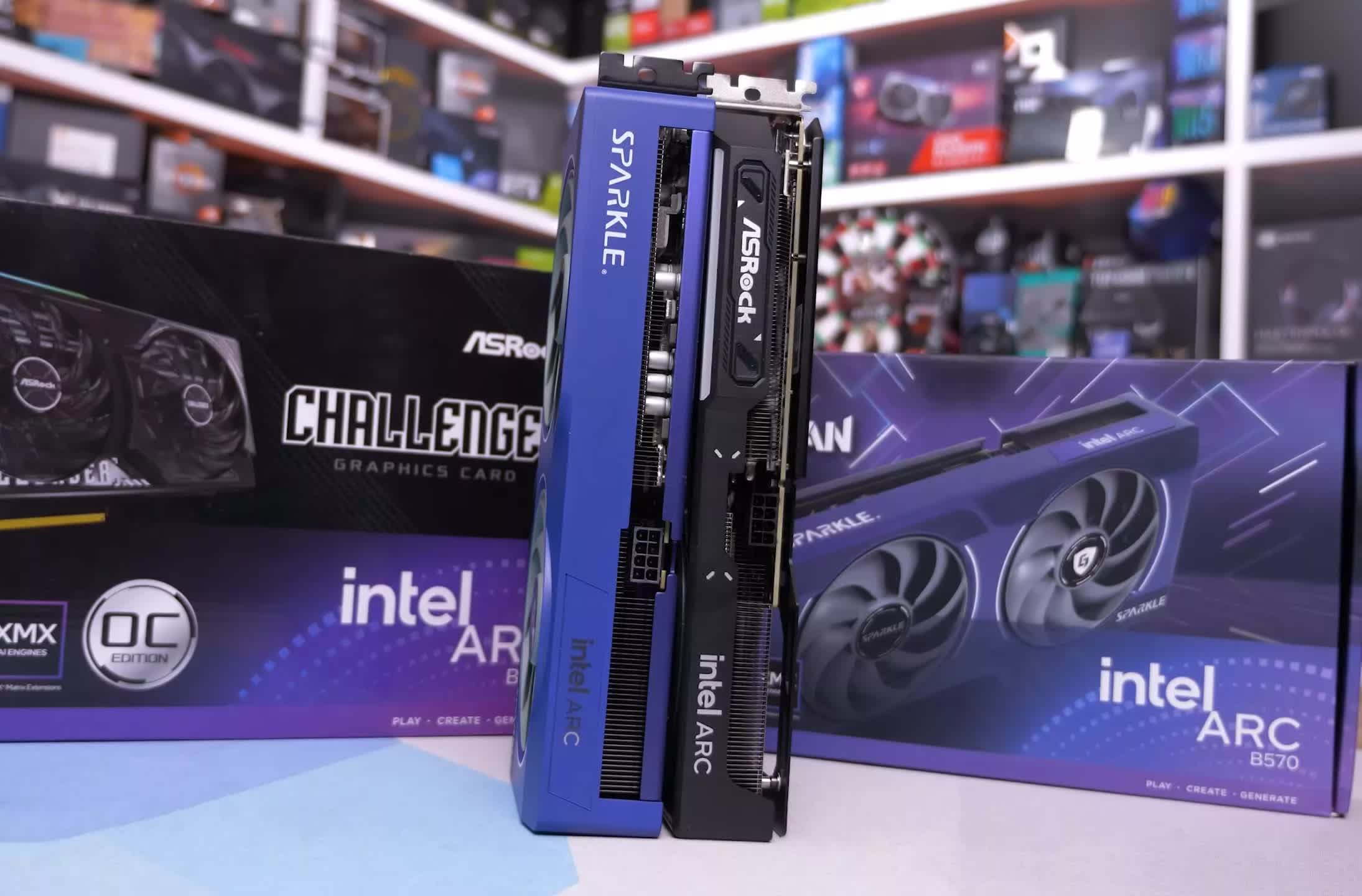With rising graphics card prices, you may want to save on other components when building a gaming PC. If you've read our CPU reviews, which compare current processors using high-quality motherboards, memory and PSUs, you may come to the conclusion that only the graphics card matters when playing at appropriate resolutions, and that the best-value PC is one built with the cheapest modern components elsewhere.
That couldn't be further from the truth. While the GPU is the most important component for gaming performance, skimping on parts like the motherboard, storage, PSU, or even the case can result in an inconsistent or frustrating experience. In this article, we'll cover seven types of components to avoid when building or buying a budget gaming PC.
Dual-core CPUs
As groundbreaking as they were two decades ago, dual-core CPUs are now obsolete, and they've essentially vanished from the consumer market. Modern CPUs support up to 24 or even 32 threads, making two- or four-thread processors fall far behind mainstream options that offer 10 or 12 threads.
Many games won't even launch on the Intel Celeron G6900, and chips like the AMD Athlon 3000G or Intel Pentium G7400 suffer from extremely inconsistent performance. In many cases, the 1% low FPS is roughly half of the average FPS, meaning gameplay stutters can last for noticeable portions of a second.
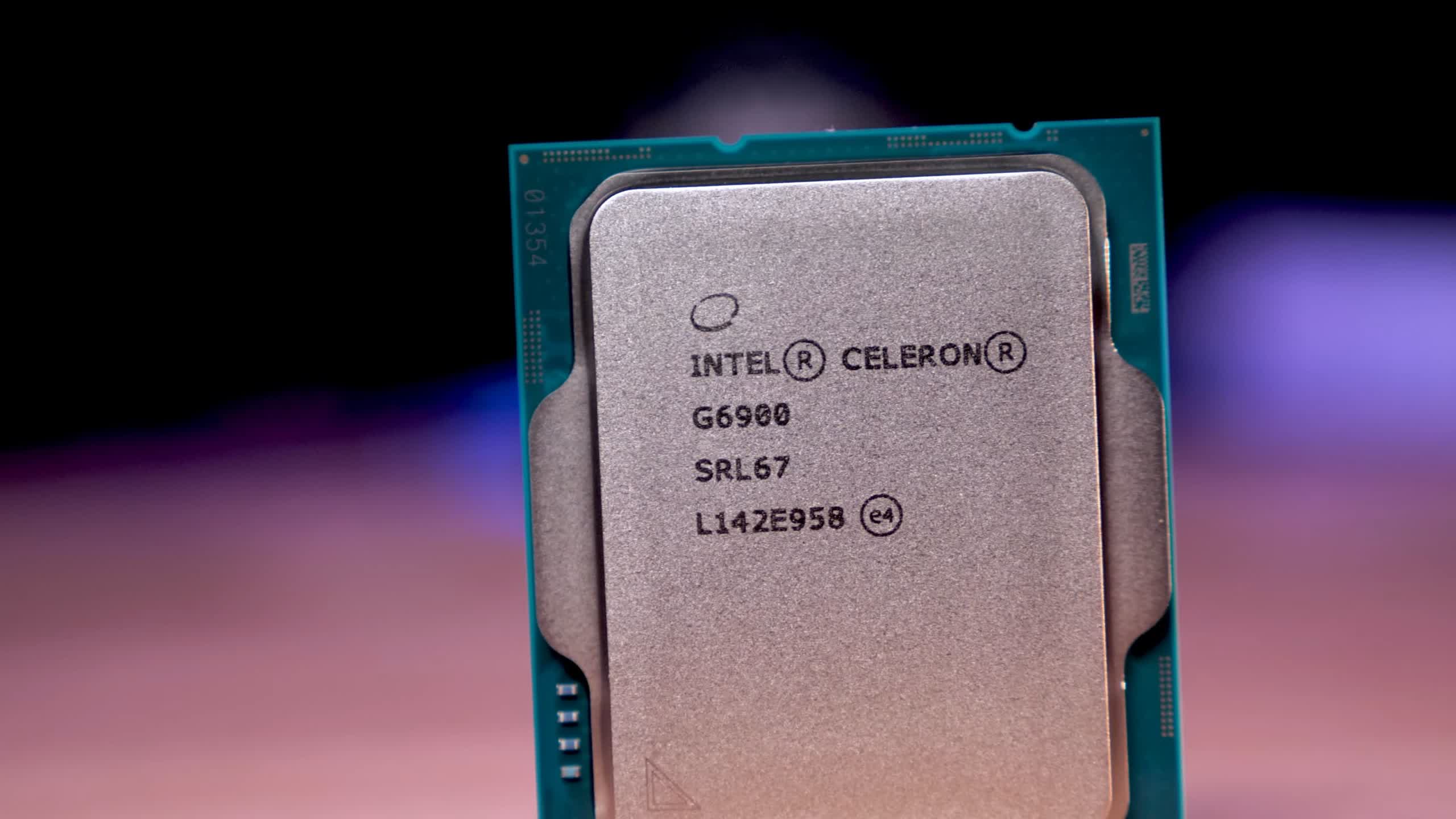
For around $80, you can get the quad-core Intel Core i3-12100F (or the nearly identical Core i3-13100F), as well as the six-core AMD Ryzen 5 5500. The choice between them depends on the games you play, so checking benchmarks is worthwhile.
With newer DDR5 memory, the Core i3 is definitely better, but it would require a more expensive motherboard, so you might as well get the six-core Core i5-12400F. If you go with AMD, the next step up would be the Ryzen 5 5600, offering double the cache and PCIe 4.0 support.
If none of these are within your budget, consider the Ryzen 5 5600G, which includes strong integrated graphics, allowing you to delay buying a discrete GPU or look into second-hand graphics cards.
Single-channel RAM
In the DDR4/DDR5 era, memory speed matters. Using a single stick with a CPU that supports dual-channel memory effectively halves your bandwidth. This may not always be your system's bottleneck, but if you rely on integrated graphics, it often will be, since VRAM is shared with system memory.
With DDR5 modules starting at 8GB, we recommend at least 16GB of RAM, using two sticks (2×8GB or 2×16GB). Our advice also rules out getting anything less than 16GB of RAM, which is the bare minimum for modern games. Even with DDR4, we strongly recommend at least a 2 x 8GB kit.
Single-stick kits aren't much cheaper than dual-stick ones with the same capacity. The only good reason to buy a single stick is if you're matching an existing module.
Slow Storage
When the PlayStation 5 and Xbox Series launched without internal hard drives, many expected developers to start optimizing games around fast SSDs. For example, loading many small files simultaneously during gameplay, a task that spinning disks are naturally bad at.
While that shift has been slower than predicted, HDDs have become a real liability in modern gaming. In practice, except for remasters, current-generation consoles offer surprisingly few exclusive games. That said, playing certain games from an HDD can result in stuttering, pop-in graphics, and cutscenes with audio out of sync. Even in titles that have PS4 or Xbox One versions, load times from an HDD are often several times longer.
This is one of the better examples of a current-gen title running off an HDD:
Entry-level SSDs are now affordable, in many instances costing about twice as much as a disk drive per TB. For example, the Crucial P3 Plus (about $60) lacks onboard DRAM, so performance may drop in large file transfers, but in gameplay, it performs far better than any HDD.
If you want to fully enjoy the benefits of an SSD, for only $15 more, the likes of the Samsung 990 Evo Plus offer much faster performance. This drive fully utilizes the PCIe 4.0 interface in short file transfers, and with TLC NAND, remains many times faster than an HDD even when filling the drive at once.
"Balding" Motherboards
If the compact and affordable micro-ATX motherboard you chose seems to have a significant amount of free space on it, it might be missing key features.
A board with only two RAM slots limits upgrade options. No VRM heatsinks? Your CPU may throttle or the board may restrict upgrade paths. You may also miss out on PCIe 4.0 or a second M.2 slot, forcing future storage upgrades to rely on slower SATA drives.
If you go AMD, one good option is the Gigabyte B550M DS3H AC. For Intel, Gigabyte offers the B760M DS3H DDR4, and for DDR5 memory, the B760M DS3H AX.
Disposable Cases
For $20 more, you can do much better.
When maximizing "performance per dollar," the case often becomes an afterthought. These days, even the cheapest cases are fairly easy to build in, with holes for routing cables and replacing the CPU cooler, and tool-less side panels.
The real problem is the material quality. Thin metal can vibrate audibly with fan or HDD activity, side windows are often acrylic instead of tempered glass, and dust filters – if present – may be flimsy or unsecured. Many cheap cases require you to break out expansion slot covers rather than unscrew them.
Replacing a case that got bent or broken is not only a lot of work, but will also cost more in the long run than buying a more durable case in the first place.
For example, the Cooler Master Q300L is popular for its price, but for just $20 more, the Q300L V2 offers a tempered glass panel and USB 3.2 Gen 2x2 Type-C. For $80, the NZXT H3 Flow Mini provides better airflow and quality-of-life features like screw-out slot covers.
PSUs with Too Many "Watts per Dollar"
Imagine this: you've ordered parts that should draw about 300W and want the cheapest PSU that gets the job done. You spot a 480W PSU for $25 and order it. When the parts arrive, you realize the PSU doesn't even have a graphics card connector.
It turns out it doesn't have any, and for a good reason: on "average," the PSU can only output 330W, of which only 130W through the +12V rail, which connects to the system's most powerful components. With no 80+ efficiency rating, who knows how many watts it needs to draw from the wall just to output these poor numbers. The cables aren't braided or modular, and the fan is undersized.
Some PSUs appear fine at first glance but should still be avoided. Red flags include the absence of an 80+ rating, less than three years of warranty, and fewer than two 6+2-pin GPU connectors on a PSU rated for over 500W.
For just $40, you can get a 500W Thermaltake Smart with an 80+ rating, two GPU connectors, and a five-year warranty. If replacing your whole PC next year isn't an option, don't skimp on the PSU.
The Wrong Graphics Card
If you're spending half your budget on a GPU, make sure it's the right one. In a rational market, budget graphics cards would pair well with entry-level systems, but the graphics card market hasn't been rational in years.
In the past, we saw it with the AMD Radeon RX 6500 XT, which utilized only four PCIe lanes and worked more slowly with affordable PCIe 3.0 devices. These days, it's too slow for modern games anyway.
Recently, the Intel Arc B570 matched the performance of the more expensive Radeon RX 7600 and GeForce RTX 4060 when using a modern CPU, but started falling behind with the AMD Ryzen 5 5600. With a weaker CPU, it could only get worse. Instead of skimping on the CPU to get the Arc, you should get a better CPU and the older Radeon RX 6600.
Once you've found the right GPU, check the number of fans. Single-fan models are often the cheapest, and sometimes the only option for compact cases, but that fan has to work much harder (and louder) to cool the card. For very little money, you may be able to get a much quieter gaming system.
